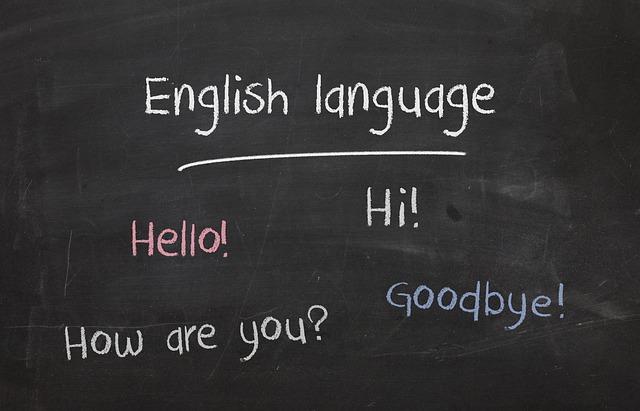The Role of Language in Preserving Cultural Heritage
Language is more than just a means of communication; it embodies the history, traditions, and identities of communities worldwide. As globalization progresses, many languages are at risk of extinction, leading to a loss of cultural heritage. In this article, we will delve into how language plays a vital role in preserving cultural heritage, examining its benefits, exploring real-life case studies, and offering practical tips for safeguarding linguistic diversity.
Understanding Cultural Heritage
Cultural heritage encompasses the traditions, languages, artifacts, and values that define a community’s identity. It acts as a vehicle for passing down knowledge from generation to generation. The relationship between language and cultural heritage is profound, as language is the primary means through which cultural narratives are expressed and preserved.
The Importance of Language in Cultural Heritage Preservation
Language acts as a living repository of cultural memory. Here are some key reasons why language preservation is essential in maintaining cultural heritage:
- Identity and Belonging: Language fosters a sense of belonging and pride among community members.
- Transmission of Knowledge: Languages carry traditional knowledge, folktales, and practices vital to the culture.
- Connection to Ancestry: Languages often provide insights into the migration and evolution of cultures.
- Social Cohesion: Shared language strengthens community bonds and collective identity.
Benefits of Language Preservation
Preserving languages offers multiple benefits that extend beyond cultural identity:
- Empowerment: Maintaining a language empowers communities, promoting self-determination and resilience.
- Academic Insights: Linguists and anthropologists benefit from diverse languages to study human behavior and development.
- Tourism and Economy: Multilingual heritage sites attract tourists and can boost local economies.
Case Studies of Language Preservation
Several successful initiatives have demonstrated the effective role of language in preserving cultural heritage:
1. Māori Language Revitalization in New Zealand
The revitalization of the Māori language serves as a powerful example. Through educational programs and media campaigns, Māori has seen a resurgence in schools and community initiatives, strengthening cultural pride.
2. The Revival of the Irish Language
The Irish government has implemented policies supporting the Irish language through education and public signage, showcasing its significance in maintaining a unique Irish cultural identity.
3. The Endangered Languages Project
This collaborative project focuses on documenting and revitalizing endangered languages worldwide, bringing together communities, linguists, and technology to preserve linguistic diversity.
Practical Tips for Language Preservation
Individuals and communities can take actionable steps to preserve their languages. Here are some practical tips:
- Engage the Younger Generation: Encourage families to communicate in their native languages.
- Utilize Technology: Leverage apps and online platforms for language learning and sharing.
- Create Community Programs: Organize workshops, cultural events, and storytelling sessions.
- Document and Archive: Record oral histories and create digital resources to preserve language use.
Personal Experience: A Journey Into Language Preservation
As a part of a local community initiative, I participated in a language preservation workshop aimed at reviving the dialect of my ancestors, which was gradually losing speakers. This experience highlighted the power of language in fostering connections with our past, and the joy of witnessing younger generations embrace our linguistic heritage was truly inspiring.
Conclusion
Language serves as the cornerstone of cultural heritage, rich with meaning and history. Its preservation not only safeguards our past but also enriches our present and future. By understanding the vital role of language in identity and community, we can take action to ensure the survival of diverse linguistic traditions. Join the movement to preserve cultural heritage through language, one word at a time.



